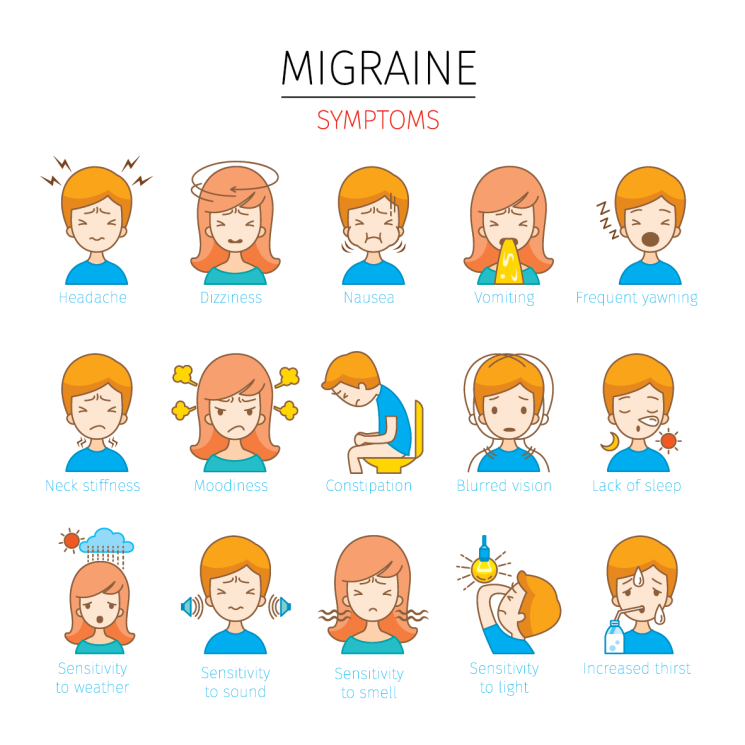

wordpress-seo domain was triggered too early. This is usually an indicator for some code in the plugin or theme running too early. Translations should be loaded at the init action or later. Please see Debugging in WordPress for more information. (This message was added in version 6.7.0.) in /home/sehatnagar.com/public_html/wp-includes/functions.php on line 6114
Migraine is a type of headache that usually occurs in stages every so often and can stay for several days. We would discuss Migraine-Everything you need to know about it.
Migraine is a medical condition that involves severe, recurring headaches. A migraine is a headache that can cause severe pain or a pulsing sensation, usually on one side of the head. Since it seems to be related to changes in your brain and your genes it can vary from person to person. Unfortunately, some have continuous migraine symptoms while the symptoms just fluctuate in severity. Sometimes the symptoms are manageable but sometimes they’re unbearable.


Hence It is a disorder of recurrent attacks. Therefore, Migraine-Everything you need to know about it includes its stages. So there are four different stage
1- Prodrome
Three-fourths of patients have changes in their affect—depression, euphoria, irritability, food cravings, constipation, stiff neck, etc. Prodrome migraine symptoms may begin 1 to 2 days before the headache itself. This is known as the prodrome stage. Symptoms during this stage can include:
2- Aura
One-fourth on the contrary experience a spontaneous activity of nerve cells (neurons), resulting in bright lights ,sounds ,sensory changes (feelings of burning, pain) or even involuntary movements . Some have auras without headaches. In migraine with aura, the aura occurs after the prodrome stage. During an aura, you may have problems with your vision, sensation, movement, and speech. Symptoms are:
3- Headache
A migraine headache often begins as a dull ache and grows into throbbing pain. It usually gets worse during physical activity. The pain can move from one side of your head to the other, can be in the front of your head, or can feel like it’s affecting your entire head. Mostly one-sided, but not always. Nausea can accompany the pain. It can last from hours to days.
4- Postdrome
As if the migraine attack wasn’t enough, most sufferers are hit with the postdrome phase immediately after, which can last up to several days. It is usually a feeling of exhaustion and you might feel drained, confused, and washed out for up to a day. Some people report feeling elated. The sudden head movement might also bring on the pain.

You may ease migraine symptoms by:
There’s no cure for migraines yet. But medications can help prevent or stop them, or keep your symptoms from getting worse. Migraine-Everything you need to know about is to avoid things that trigger your migraines. Lifestyle changes like easing stress and having good sleep habits can help, too.